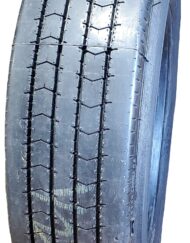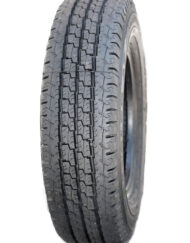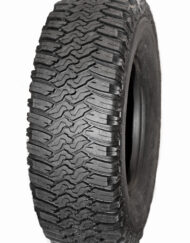Avoid the Drift – Driving Safely in the Snow
While you can’t completely control what will happen when you come across an icy patch on a road in winter, both driving technique and a solid car ready for the cold and slippery conditions can make a big difference.
Winter Ready Cars
Batteries can lose their power more quickly in the cold. Driving a good distance is important to keep them revved up. Don’t just trust that a battery is going to last forever in the winter because the cold can take a toll. According to DMV.ORG, look into the age of the battery, whether there are any cracks or tears in the cables and whether the battery fluid is at a high level.
Your car’s fuel tank needs to be full in case you end up on the road longer than you think and to make sure you don’t end up on empty in bad weather conditions.
Tire pressure has to be right when it gets cold outside because pressure is lost steadily as the temperature dips down, causing dangerous driving.
Snow Tires
A Car Talk talks about the importance of snow tires for winter driving and how four snow tires are ideally the safest option, yet two are better than none. Even if you have anti-lock brakes (ABS), snow tires are needed. An ABS does not create traction, it just keeps the brakes from locking.
Snow tires, otherwise known as winter tires, simply can’t be beat in the winter weather. See our various winter tires that might suit your vehicle. They are specially designed to grip the road with their tread because they have a softer rubber. Another feature is high sipe density, sipes being super thin grooves with the tread which create edges capable of gripping cold, slick roads. Add to this wide circumferential grooves which serve as channelers to remove ice, slush and water away from the surface of the tire.
If you can’t get snow tires, at least make sure that your tires are as inflated as they should be and that the tread is sufficient. While all-weather or all season tires are indeed quality tires, snow tires are indisputably still the best for the winter, excelling in the cold in ways the others don’t.



